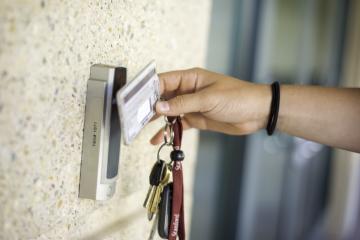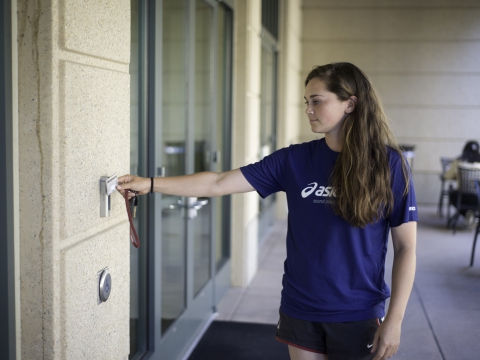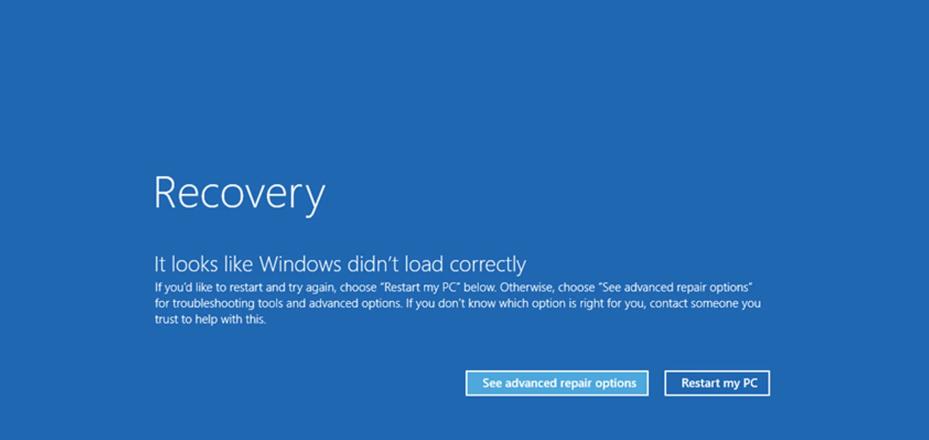Building Access Improvements Increase Safety, Reliability, and Efficiency

The recent completion of a two-year project improved the safety of Stanford students, faculty, and staff by ensuring optimal performance of the University IT (UIT) access control system that provides entry to 300 buildings on campus through 500 access panels and 2,800 ID card readers.
The project also resulted in significant efficiency gains for the university by solving door access problems for building managers, allowing them to focus on other duties rather than troubleshooting access issues.
“We have achieved a more stable, reliable, and efficient system for our clients,” said Jay Kohn, director of Card Services for UIT.
Campus-wide, collaborative effort

Student using card reader to access Munger Graduate Residence
Many departments and facilities on campus use card readers on doors, turnstiles, and elevators to control access to buildings and rooms. These readers allow entry to appropriate Stanford students, faculty, and staff with a valid Stanford ID.
Identifying who has access to which buildings and rooms, and managing the access control system requires partnership and collaboration between various units in University IT, Public Safety, and every school and department where the solution is used.
Efforts to improve issues of poor performance with the access control system involved meeting weekly with the vendor to track each bug and failure, implementing and testing patches, and solving the most significant issues impacting the campus. In UIT, the Integration and Client Solutions group, with support from the Infrastructure Applications, Windows Infrastructure, and Card Services teams, collaborated on the effort, and partnered with the vendor, Northland Controls.
“We are so grateful for the new level of stability in the card reader system,” said Lee Redmon, manager of Auxiliary Services for the Graduate School of Business, adding that his “requests for UIT support have dramatically decreased since improvements were made.”
Complex project, big win
The effort to provide greater stability to the access control system was not simple. For one use case, the project team tested 15 versions of a vendor-provided patch to confirm the issue was resolved. The project required discipline, leadership, persistence, and many hours from technical staff testing; gathering information; working with the vendor; and conducting more testing.
“A huge thank you to the UIT teams for their relentless dedication in providing exceptional service to R&DE and our students,” said Fred Vasquez, manager of Building Access and Security Services for Residential & Dining Enterprises. “Through the partnership between UIT and R&DE, we were able to identify the root cause of the failure, present our findings, and get a solution that works.”
Success beyond Stanford
In addition to resolving some of these critical issues for Stanford, as the founders of the Higher Education Lenel Users Group (HELUG), UIT has shared these successes with teams at peer institutions that have also taken advantage of them.
“Through partnering with campus colleagues, vendors, and other institutions, we have achieved more effective and reliable solutions that benefit the higher education community,” Kohn said.
DISCLAIMER: UIT News is accurate on the publication date. We do not update information in past news items. We do make every effort to keep our service information pages up-to-date. Please search our service pages at uit.stanford.edu/search.



